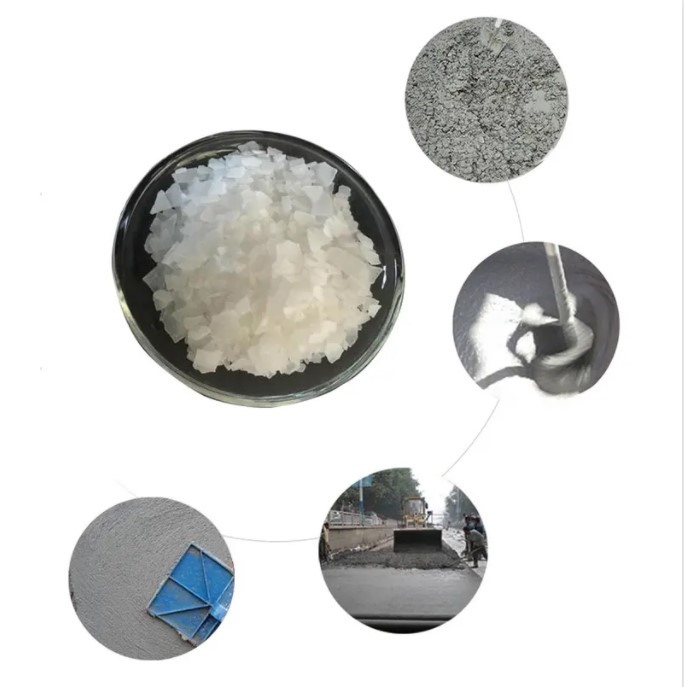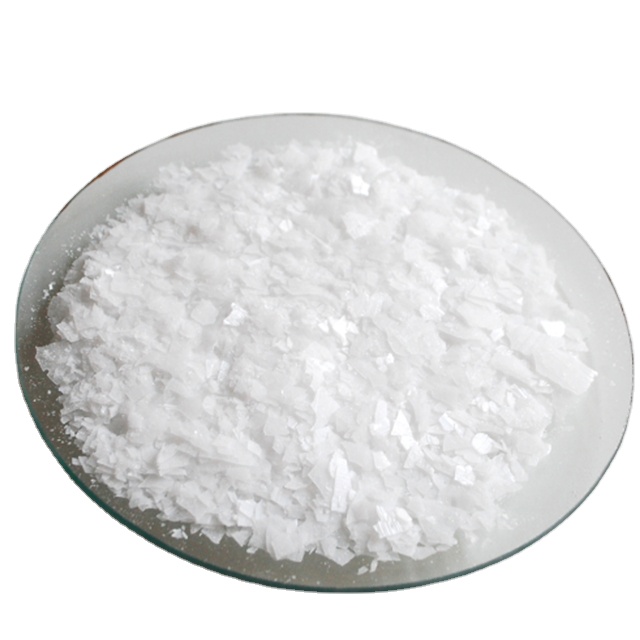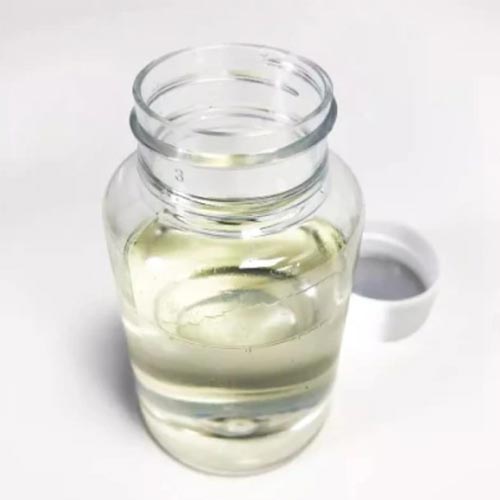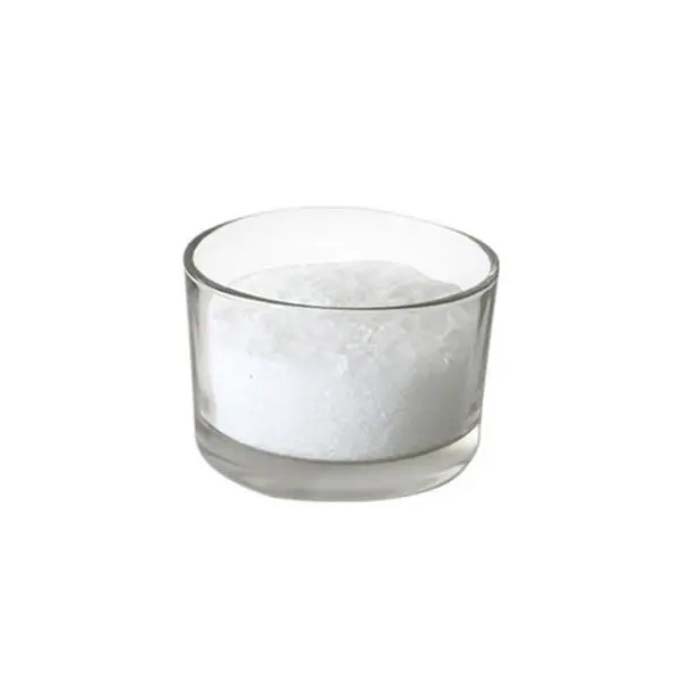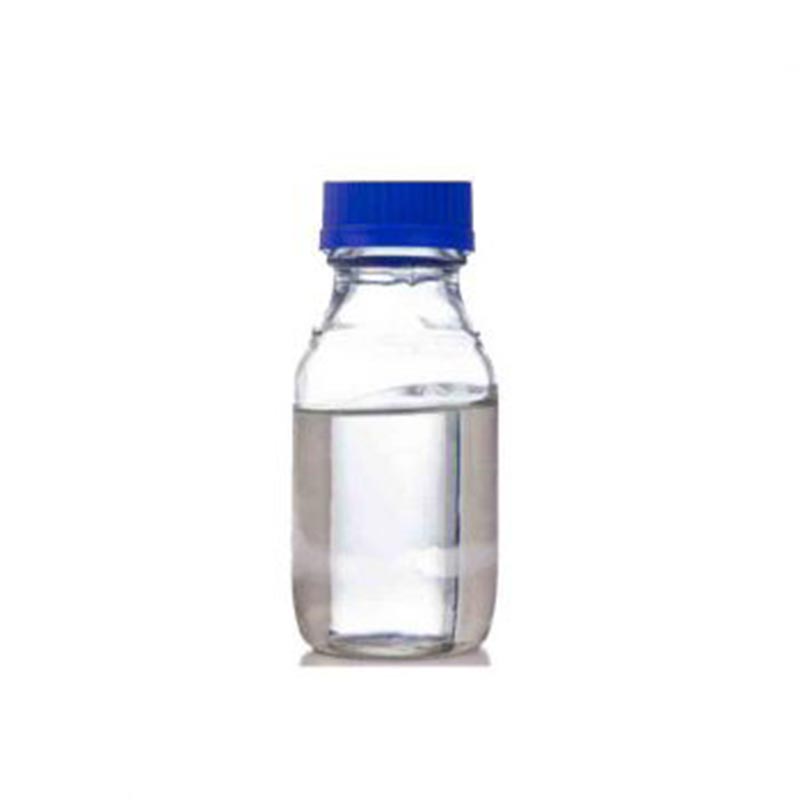- Home
- Products
- Concrete Admixture
- Acrylic Acid
Acrylic Acid
Acrylic acid is an important organic chemical raw material and an important synthetic resin monomer. Its main derivatives are various acrylates and acrylates. The most famous esters and salts are methyl acrylate, ethyl ester, butyl ester, isooctyl ester, hydroxyethyl ester, hydroxypropyl ester and sodium acrylate.
Because the molecule of acrylic acid has unsaturated double bonds and carboxyl functional groups, it can undergo copolymerization and homopolymerization with many monomers. It is used as a raw material for coatings, adhesives and various auxiliaries. Building materials and pharmaceuticals and other industries and fields.
EINECS | 201-177-9 | Boiling Point | 139℃ |
Molecular Weight | 72.06 | Flash Point | 48℃ |
Density | 1.051 | Water Soluble | MISCIBLE |
Melting Point | 13℃ | Refractive Index | 1.4192 |
InChI | InChI=1/C3H4O2/c1-2-3(4)5/h2H,1H2,(H,4,5) | ||
Upstream Raw Materials | Acrylonitrile Toluene Sulfuric Acid | ||
Physicochemical Properties | Properties Colorless liquid with pungent odor. | ||
Product Usage | Preparation of high polymers by homopolymerization or copolymerization for coatings, adhesives, solid resins, molding compounds, etc. | ||
Downstream Products | Hydroxypropyl Acrylate Butyl Acrylate Methyl Acrylate 2-Ethylhexyl Acrylate Ethoxylated Trimethylolpropane Triacrylate Acrylic Resin | ||
Colorless liquid with pungent odor. Strong acidity and severe corrosiveness. Melting point 13.5 ℃. 3kPa)。 The boiling point of 141 ℃ (101. 3kPa). The relative density is 1.052. Flash point (open cup) 68.3 ℃. Refractive index 1.4185. Soluble in water, ethanol and ether, easy to polymerize.


- Propylene oxidation method Under the action of molybdenum-based catalyst, propylene is oxidized in two steps to generate acrylic acid, and then the finished product is obtained by water absorption, solvent extraction and vacuum distillation. The reaction conditions are: the reaction temperature of the first stage is 330-430°C, and the reaction temperature of the second stage is 280-360°C.
- Acrylonitrile Hydrolysis Method Acrylonitrile undergoes hydrolysis reaction in the presence of sulfuric acid catalyst, the first step is hydrolyzed to form acrylamide sulfate, and then directly hydrolyzed by steam to form acrylic acid, and then the finished product is obtained by vacuum distillation.
- This product is highly corrosive and moderately toxic. Its aqueous solution or high-concentration vapor can irritate the skin and mucous membranes. The oral LD50 of rats was 590 mg/kg. Be careful not to contact with acrylic solution or steam, wear work clothes and work caps, protective glasses and rubber gloves when operating. Production equipment should be closed. Work and storage places should have good ventilation.
- Packed in polyethylene-lined iron drums, each weighing 200kg, stainless steel or carbon steel storage tanks can also be used, but must be protected from moisture and moisture to prevent rust from causing acrylic acid polymerization. Add 200×10-6 polymerization inhibitor during storage and transportation. Storage and transportation according to “Corrosive Chemical Regulations”.

